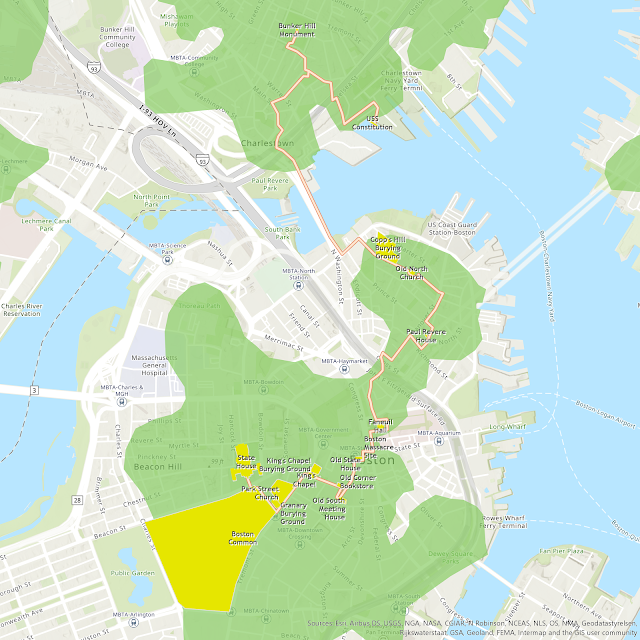Boston: Phillips School

Last week we learned about George Middleton and I mentioned that one of the causes he supported was that of equal education rights. Throughout the majority of Boston's history schooling was racially segregated, as it was across most of America. One of the most visible symbols of that struggle, and the eventual success that was found from years of effort, is the Phillips School. Originally built in 1824, the school on the corner of Pinckney and Anderson Streets first housed the English High School - America's first public high school, which had been founded just three years earlier. The school only admitted white males, although a school for girls was also established in 1824. By 1844, English High School had moved to downtown Boston (next to Boston Latin School), and the building in Beacon Hill was converted to a grammar school. The new Phillips Grammar School was named after Boston's first mayor, John Phillips, and remained a white-only school because all ...



